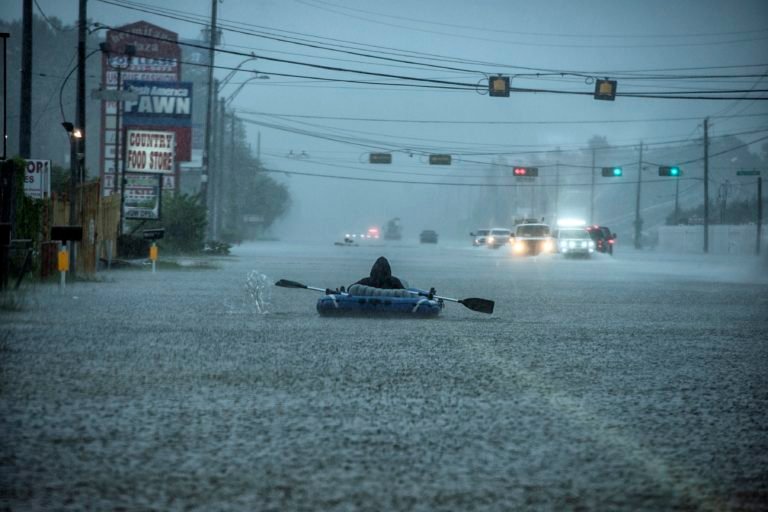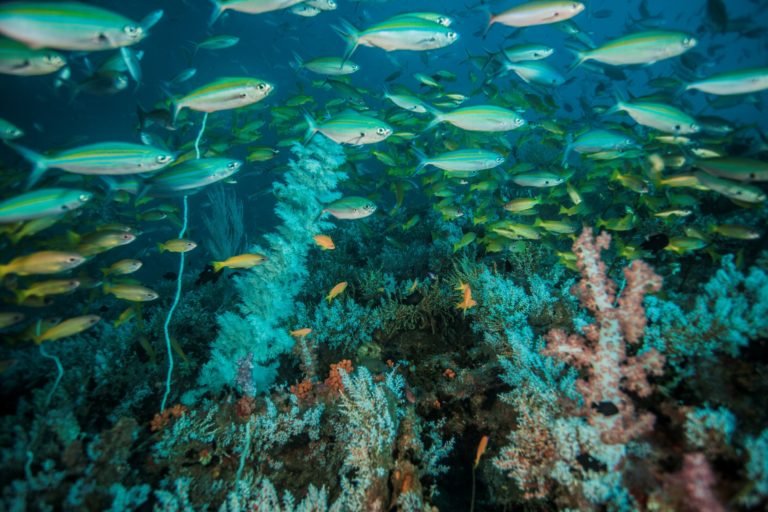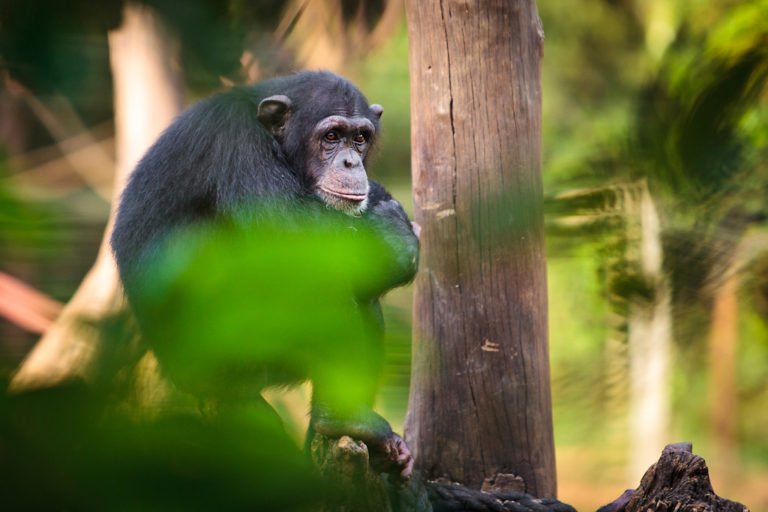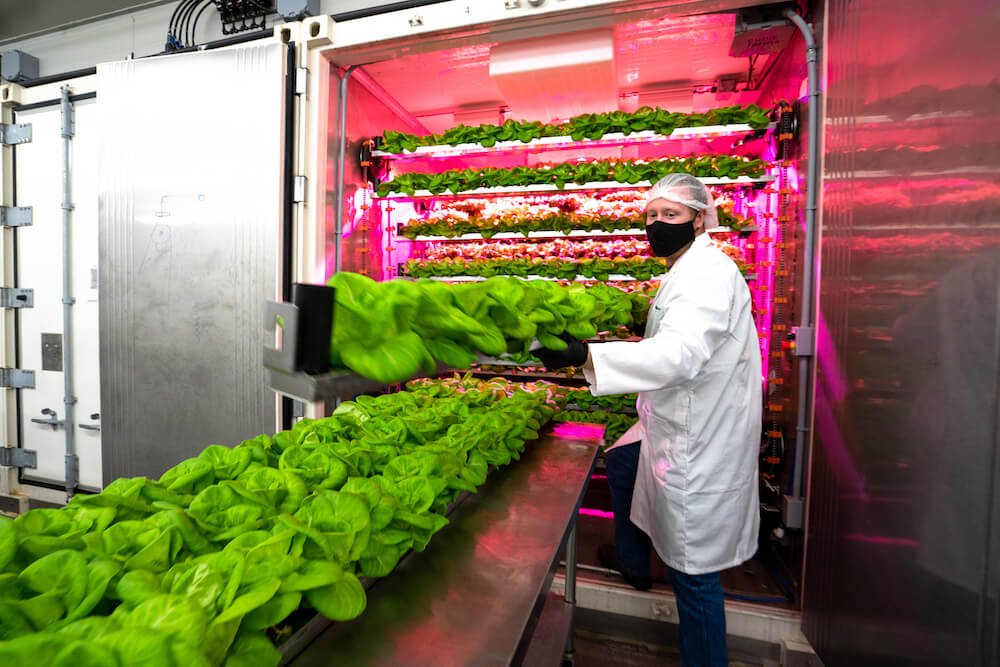- Two reported mudflows overflowed the Serayu River on the Indonesian island of Java within the space of a week earlier this year, mucking its waters and killing off fish.
- The incidents have raised calls from conservationists and fishers for restoration and fish restocking efforts in the river.
- Fish restocking has been carried out for several decades in Indonesian rivers, mainly as an effort to increase fisheries productivity and fish populations in inland waters such as rivers, reservoirs and lakes.
- But experts say these restocking efforts often emphasize ceremony at the expense of measures to ensure success, such as post-monitoring assessment.
BANYUMAS/JAKARTA, Indonesia — A muddy flood polluting a river on the Indonesian island of Java earlier this year depleted its fish stock, raising calls for restoration and restocking efforts in the body of water that empties out into the Indian Ocean.
Two reported mudflows overwhelmed the Serayu River within a week between March 30 and April 6, mucking its waters that cross five districts in Central Java province. Both incidents were attributed to the activities of a nearby hydropower plant operated by PT Indonesia Power Mrica Banjarnegara. The company’s hydroelectric dam opened its gates to flush out agricultural waste runoff that had piled up in the reservoir.
Local fishers have blamed the subsequent sedimentation and low oxygen levels in the river for polluting the water and killing many of the fish. The Serayu River is home to at least a dozen endemic freshwater fish species.
“I’ve estimated that hundreds of thousands of endemic fish and millions of small fish died … because of the extremely high mud concentration,” Eddy Wahono, chairman of the local group Serayu Downstream Water Resource Management Society Forum (FMPSDA), told Mongabay Indonesia in April.
Indonesia has nearly 20 million hectares (49 million acres) of inland waters, most of it swamps and wetlands, but also 1.7 million hectares (4.2 million acres) of rivers, according to the fisheries ministry.
River pollution from human activity is rampant in Indonesia, hammering freshwater fish populations across the country. A biodiversity hotspot, Indonesia is home to more than 1,300 species of freshwater fish, the highest in Asia. Up to 80% of the country’s rivers are considered to be in poor condition, particularly those on Java, where more than half of Indonesia’s 270 million people live, according to the environmental group Ecoton.
“Before the mudflow polluted the Serayu, I would get a daily supply of catfish,” Aris, 54, the owner of a food stall near the river, told Mongabay Indonesia a few weeks after the latest mudflow incident. “But after the pollution incident of the Serayu River, they’re completely gone.”
Fisheries experts have called on the government to restore the river’s waters and restock its fish, especially the endemic species, to prevent further damage to the local ecosystem.
“It is quite difficult and takes a long time to bring the river back to its original state,” Windiariani Lestari, an ecologist at General Soedirman University (UNSOED), told Mongabay Indonesia.
Windiariani said rivers could self-purify, but that it would take years without any additional restoration efforts. “With mud polluting the river and killing the fish and other biota, the natural food chain in the Serayu River has been greatly affected,” she said.
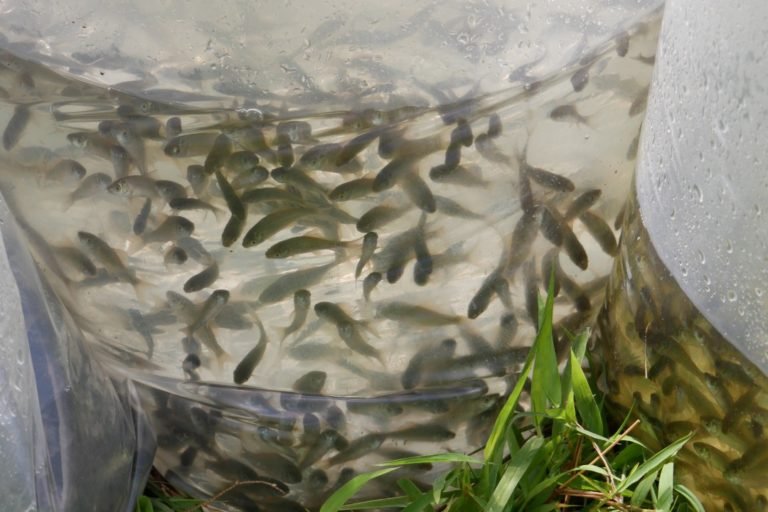
Isdy Sulistyo, the head of the fisheries and marine science department at UNSOED, suggested fish restocking as part of efforts to recover the Serayu River, which is located about 300 kilometers (190 miles) southeast of the capital, Jakarta.
Fish restocking has been carried out here since before Indonesia’s independence in 1945. The former Dutch colonial rulers did it mainly in an effort to increase fisheries productivity and fish populations in inland waters, such as rivers, reservoirs, and lakes, according to the fisheries ministry. Baby fish born and raised in aquaculture settings are collected and relocated to the designated body of water for the restocking effort. In addition to boosting fisheries, it can also serve as a way to tackle threats to inland waters, such as climate change impacts, overfishing, invasive species, habitat degradation, and pollution, experts say.
“Restocking is an effort to conserve the endemic fish species,” I Nyoman Radiarta, head of the research department at the fisheries ministry, told Mongabay in an interview. “Inland waters are very important to people’s livelihoods as a source of freshwater, biodiversity, food security and source of income.”
Radiarta said restocking efforts must be carefully researchers and conducted to ensure their success in replenishing fish populations and preventing unwanted harm. He said fish releases must meet several criteria, including the fish being of the right size and weight, not being hybrid variants, and the season being conducive for their release.
“Fish restocking activities are often carried out by environmentally conscious communities, academics, and government agencies to commemorate certain events,” Radiarta said. “However, in its development, the fish species often isn’t suitable to the water ecosystem, which instead can be a threat to the endemic fish population.”
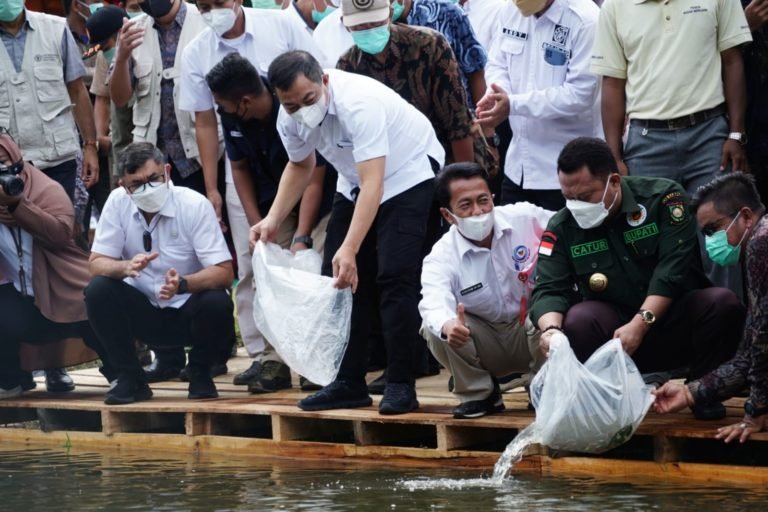
Other experts also criticized the emphasis on ceremony during fish release efforts, at the expense of measures to ensure success, such as post-monitoring assessment.
“There are various reasons why post-monitoring is lacking, however the major causes are due to lack of awareness and knowledge, and limited operational budget,” Rajendra Aryal, the representative for Indonesia and Timor-Leste at the Food and Agriculture Organization of the United Nations (FAO), told Mongabay in an interview.
“As a result, not much is known on the results of the restocking activities that were conducted in Indonesia in the past,” Aryal added.
The FAO is involved in some fish restocking efforts in Indonesian rivers, such as in the Sangolan River in Riau province on the island of Sumatra. Ten thousand mahseer (Tor tambroides) and 80,000 baung (Hemibagrus nemurus) fish were released there this past March.
Aryal said restocking is a case-specific intervention that must be combined with other efforts, such as sustainable regulation, habitat rehabilitation, and community empowerment, to be effective and meaningful.
“Restocking may balance the mortality and recruitment rate of target fish species in certain areas in short periods of time. It can also help recolonize certain water bodies with extinct species,” Aryal said.
“However, it is important to note that restocking itself cannot solve issues related to inland waters. Restocking cannot also solve the issue of decreasing fish population size. It is also impossible to release and restock all the aquatic species into our water,” Aryal added.
For the Serayu River, experts have called on PT Indonesia Power to better manage its dam-flushing schedule to prevent dangerous levels of mudflows, and on farmers upstream to limit their use of chemical pesticides and fertilizers. The company has publicly apologized for the flushing that caused the mudflows in the river.
“This is important so Serayu River won’t be impacted again,” Isdy said.
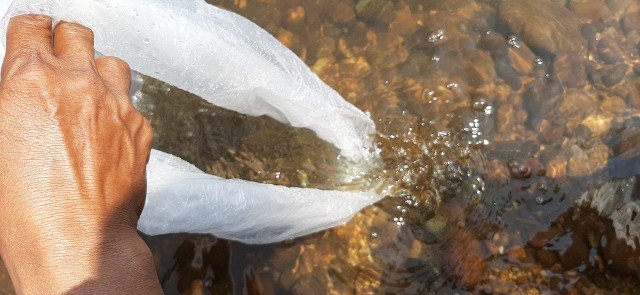
FEEDBACK: Use this form to send a message to the author of this post. If you want to post a public comment, you can do that at the bottom of the page.


